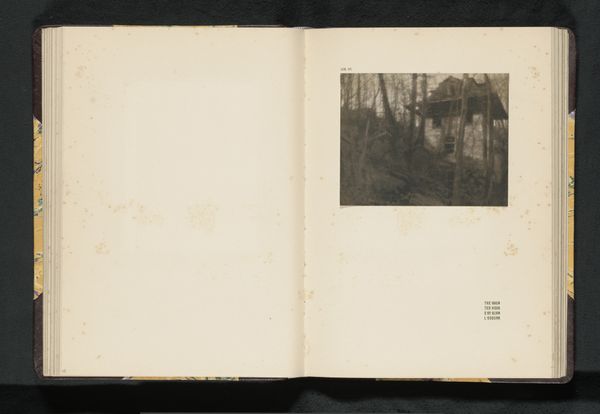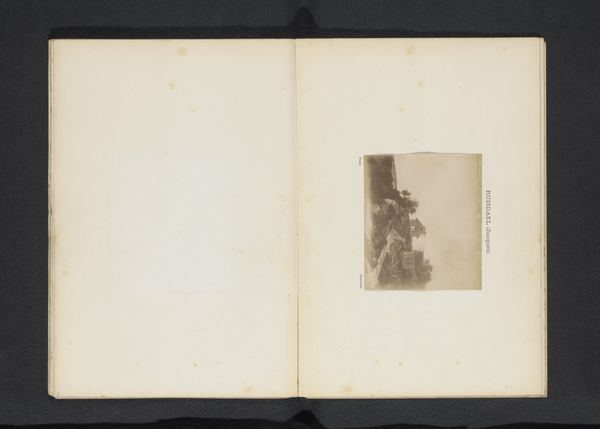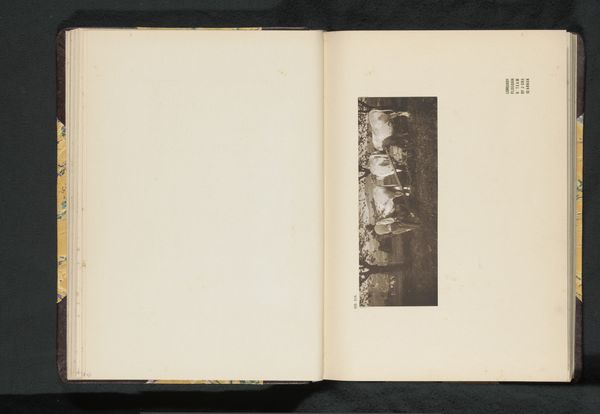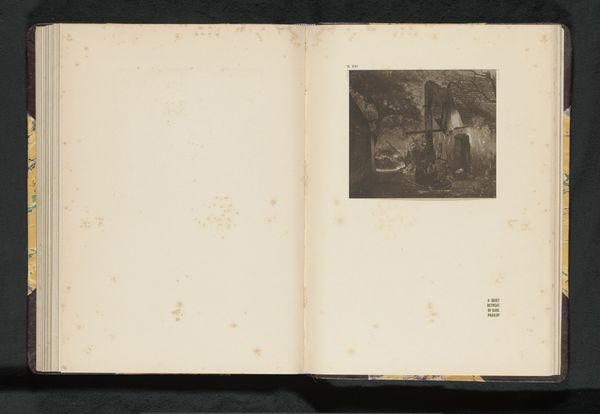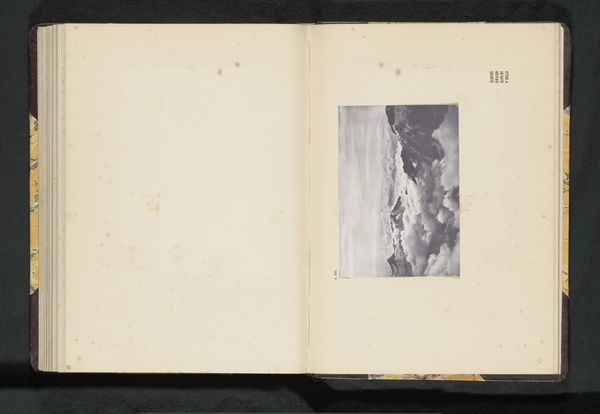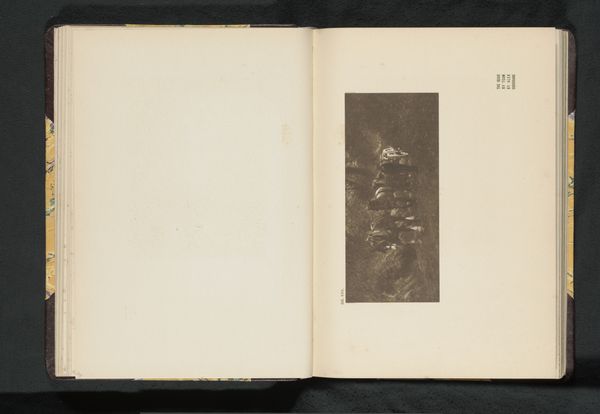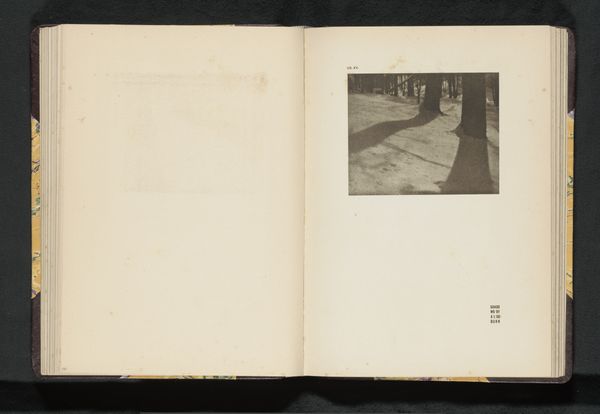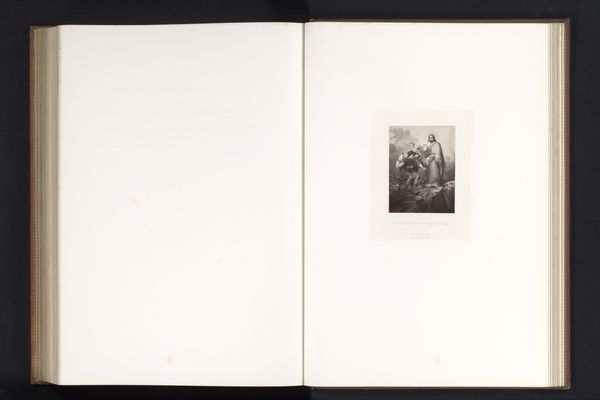
photography, gelatin-silver-print
#
lake
#
pictorialism
#
landscape
#
photography
#
gelatin-silver-print
Dimensions: height 98 mm, width 130 mm
Copyright: Rijks Museum: Open Domain
Curator: Here we have "Huis aan het water," or "House by the Lake," a gelatin-silver print predating 1905, credited to Gatti Casazza. What are your initial thoughts? Editor: The soft focus and the subdued tonal range give it a dreamlike quality. Almost like a faded memory of a tranquil scene. Curator: Precisely! It’s a prime example of pictorialism, aiming for painterly effects rather than sharp realism. This artistic choice elevates photography to fine art, showcasing the photographer’s manipulation of the medium. We see a rejection of industrial modes. Editor: That rejection is interesting in considering photographic agency here. Who owned this landscape, who was it for, and whose narratives are visible while others aren’t? The scene, devoid of people, hints at certain exclusions of the working class from leisured landscape traditions. Curator: Absolutely. Pictorialist techniques, from printing processes to the use of soft lenses, demonstrate the manual labour involved. There's considerable handwork on display with each finished print being unique in subtle ways, blurring lines of artistic creation and labour output. Editor: That conscious labor of its construction certainly speaks to the era’s rapid social changes. Casazza frames this as a timeless space that speaks to both elite privilege and the era's nostalgia in the face of the industrial era's encroachment upon the natural landscape. This artwork doesn’t just show a scene, it posits one for a certain kind of consumer. Curator: Indeed. By employing handcraft, this method creates limited reproducibility. It mirrors the handmaking process of the fine arts rather than that of a printing press. So its consumption can remain exclusive. Editor: And in this very careful staging and making of images that conceal power relations, perhaps, even the construction of race. We're drawn to ask how this pastoral vision relates to histories of resource extraction, property ownership and social difference inherent in Italy’s colonial pasts and imperial ambitions. Curator: That’s a critical lens to apply here, it shifts our gaze outward from solely focusing on process and invites complex dialogue about representation and ideology in art production of that period. Editor: Looking closely reminds us to consider not just what is captured, but whose stories the lake shore doesn't tell. It's been a productive recontextualization for me. Curator: I agree; thinking through its making helps illuminate those cultural frameworks in action.
Comments
No comments
Be the first to comment and join the conversation on the ultimate creative platform.
